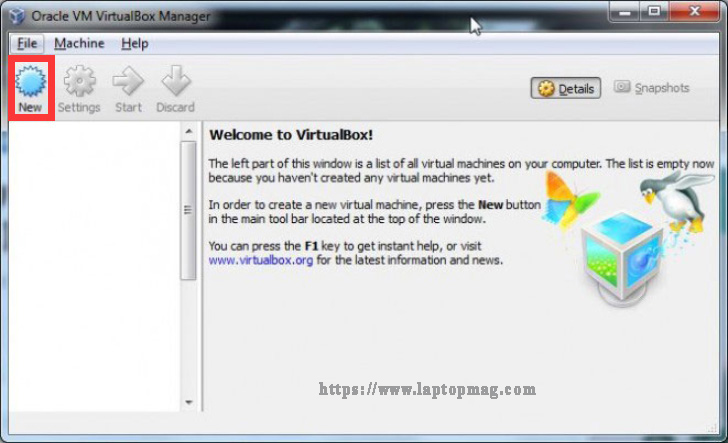
You can also try GNOME Boxes, which also uses libvirt and QEMU, but has a very simple interface with fewer options. And GPU pass-through, of course, though that's not something I've tried.because I mostly fail to see the point. Virt-Manager has a little more of a learning curve, but it also gives you finer control even giving you the ability to pass-through a hard drive for better performance.

I mention this because Virtualbox's extension pack, which contains what many might consider fundamental features, is licensed under a proprietary license. Part of this might be due to libvirt taking advantage of KVM for native CPU performance on Linux.

In my experience with Virtualbox and Virt-Manager/Libvirt/QEMU last year, I found that QEMU gave me smoother performance with fewer bugs on a Windows 10 guest. Plus quite a lot more you can see on the official site, they've been busy.

It's quite incredible to see how this amazing open source tech is being used in more places, just goes to show how essential and performant it has become. There's also DXVK-Native, designed for running apps and games that have Linux Native builds (like VirtualBox itself in this case).

VirtualBox, the general-purpose full virtualizer has a big new release out and even they are now using DXVK.ĭXVK is the Vulkan-based implementation of D3D9, D3D10 and D3D11 for Linux / Wine that's used in Proton. Well this was an interesting one entering the GOL inbox recently.


 0 kommentar(er)
0 kommentar(er)
